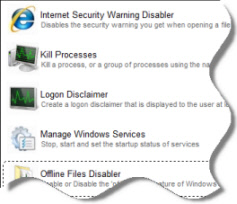Hi everybody,
I'm an absolute beginner with PowerShell, so please be patient :-)
I'm going to write my first script for PowerShell. The script core concerns an external software I need to launch. This is a typical code for a batch file:
cd case_path echo "macro" | "app_path"app.exe case.ext 2>&1 >> log
It results in:
- go to the folder containing the 'case' to launch (just a file containing settings)
- run the case with application.exe, execute the 'internal macro' and generate a log file
I'm able to run the application with
Invoke-Item app_path\app.exe
but I can't run the specific case (and the internal macro too). Could you help me, the batch script as a starting point?


